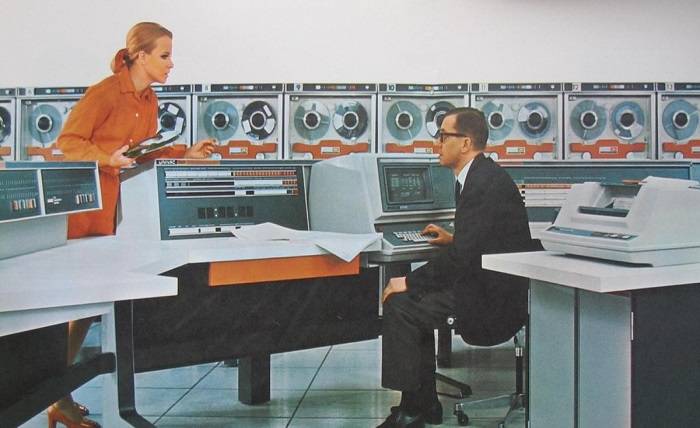The first UNIVAC computer was installed in 1970 and a few years later, the air cleaning system was introduced. The UNIVAC’s air cleaning system was developed by Bob Crew to keep the air within the computer clean, protecting the components and memory. The computer’s operation was highly reliant on the clean air inside the computer. However, the technology didn’t last long enough to replace the vacuum cleaners in many homes. Its successors were even more advanced.
The first computer developed by Sperry Univac was the Univac 90/30 series, which competed with the IBM System 3. It used a disk operating system and had many upgrades, including a 2000-line printer. It also had a console and several 1600 BpI tape drives and a communications controller. The Univac 90/30 series also included a communications controller. Ultimately, the IBM system would be the most widely used computer in the world for several years.
The UNIVAC line of computers was the first line of digital stored-program computers, and it was made by the Eckert-Mauchly Computer Company and Sperry/Rand companies. The UNIVAC machines were massive mainframe computers, and they cost a staggering $1 million in 1950s dollars. The UNIVAC 1 was initially developed for the U.S. Census Bureau, and its software and hardware were later used to predict the election of Dwight Eisenhower in 1952. The UNIVAC machines could process ten thousand operations per second, which was an incredible feat for its day.
After the first two generations of Univacs, Sperry introduced the UNIVAC 1106 in December 1969. Despite the fact that it was a multiprocessor, it never came with more than X processors. However, the first generation of 1106 systems did not come with IOCs. Because of the lack of IOCs, these early systems were simply half-speed versions of the UNIVAC 1108. It is estimated that the 1106 sold 338 processors.
The first generation of UNIVAC computers was the ENIAC, developed by John Presper Eckert five years before. Eckert and Mauchly had previously worked together to create computer systems for the United States military during World War II. They had already developed the ENIAC and BINAC, which helped improve artillery fire accuracy. However, after the war, they wanted to commercialize their inventions. They were offered tenure at the University of Pennsylvania in exchange for their patents. In return, the Bureau of Census provided them with $300k to fund research and development for the UNIVAC.
During the early years of the development of the UNIVAC, there were many experts who helped create the product. Some of the experts at UNIVAC were Leota Barr, Bob Abbott, Tom Wilder, Carl Schneider, Larry Harrison, Dick Karpen, and George Michael. The photo also includes Walter Anderson, a UNITYPER expert at UNIVAC. He was later succeeded by Merrit Elmore, Sid Fernbach, and Oscar Palos.

















